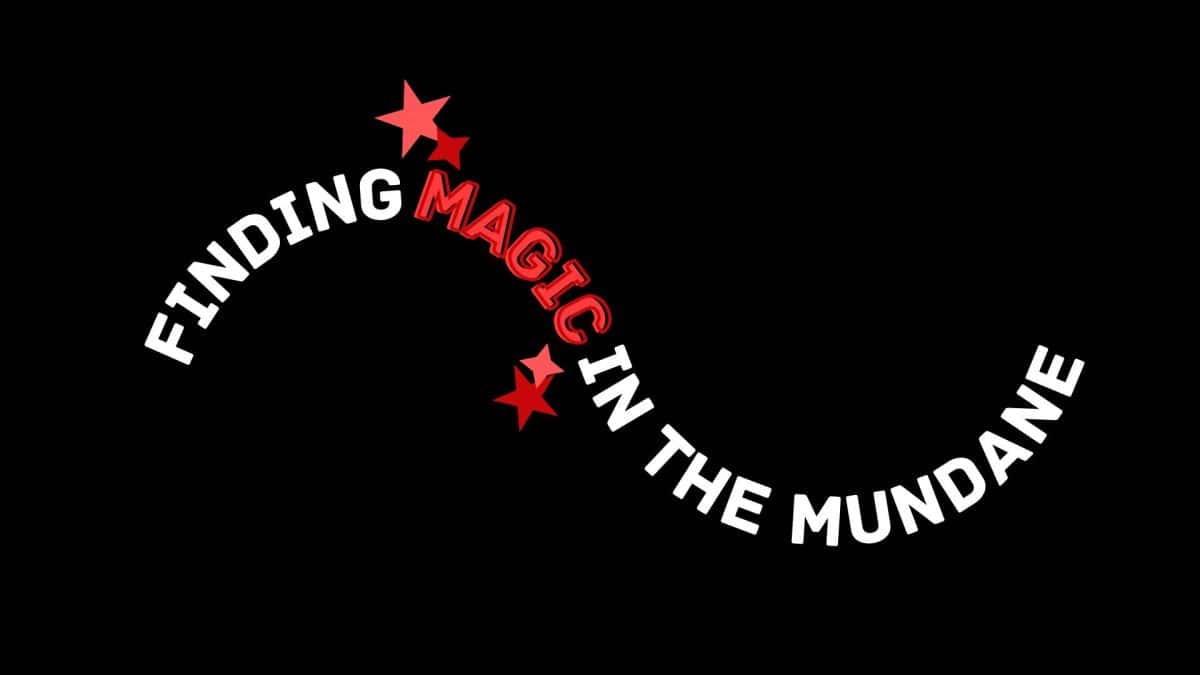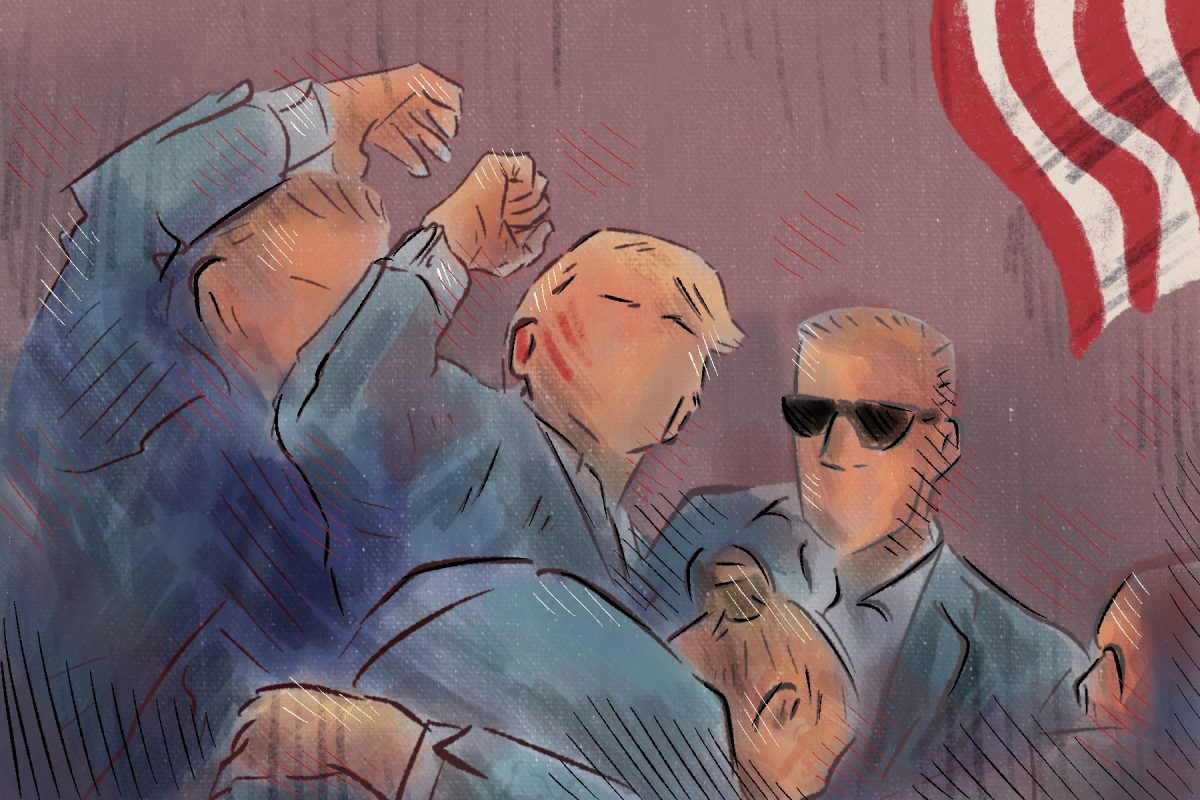Starting school means a slew of preparation activities. Buying school supplies used to be fun, but ever since textbooks showed up on the checklist, school supply shopping became dreaded.
But my frustration arises not from the pile of money I spent on books but on the amount of money I spent on books and their online supplements. My Spanish book, for example, had an online application I had to purchase for the class. It cost more than the book itself.
Many of my teachers use eLearning to post relevant sections of textbooks, saving us from purchasing the whole book for a few chapters. But yet still, I find myself having to purchase a book for every class and at the same time complete a large percentage of my work online.
My experience with online work has included reading sections of essays, taking tests and in some cases, teaching myself the class. My 101 level classes were fraught with online testing and labs, most of the classes I didn’t even need to show up. How effective of a teaching strategy is this? I’m still skeptical but after three years I do know that the need for textbooks is slowly dwindling.
Our generation of students are finding themselves in an awkward technological stage, floating between used textbooks and online codes. Many professors still feel you need both. Textbooks often act as a guideline for the class objectives and course direction, and computers allow for greater interaction on a larger scale.
Both textbooks and computer/online-based work have their positives and negatives. Personally, I prefer textbooks, notepads and pens. I like being able to highlight and fold pages, the text on paper agrees with my eyes more and at the end of the semester, you can sell your books back, like an end of the semester bonus. Many professors find textbooks a useful way to address class objectives and flow. But they’re expensive, heavy and inconvenient.
The computer succeeds where the textbook fails. For starters, eLearning is free (with tuition) and (generally) easily accessible, solving the convenience issue. Knowing all I need is my laptop to go to class or study is much easier than deciding which books and folders I need. I can save documents and write notes all in the same place. It’s less cluttered, and it saves paper.
I’m appreciative of both. Both have their obvious pluses and minuses. But when added together, the combination is high funds and high frustration. I am using both when I only need one. I have to remember books for one class, while at the same time teach myself a computer program for another. I cringe, knowing I’m paying for both when I only need one.
I am not asking for an abolishing of textbooks or the end of eLearning. I’m only flagging this as another topic for discussion in the future of our university. We also need to look inside our classrooms, and adjustments should be made to handle an increase in both students and technological opportunities.
Knowing I spent as much money as I did on textbooks as I did on computer products and eBooks is mostly annoying, but there is a conversation there.
Yet we all know what the future is looking like, and maybe that’s the hard part to admit for some of us. The fear of the extinction isn’t unheard of. Hollywood even did it some justice in “The Book of Eli.” In my past three years I have seen greater percentages of class readings, discussions and overall work, online. I don’t doubt that within a few years, under “textbook requirements:” it will list: iPad.
SoRelle Wyckoff is the Opinions editor of The Crimson White.






